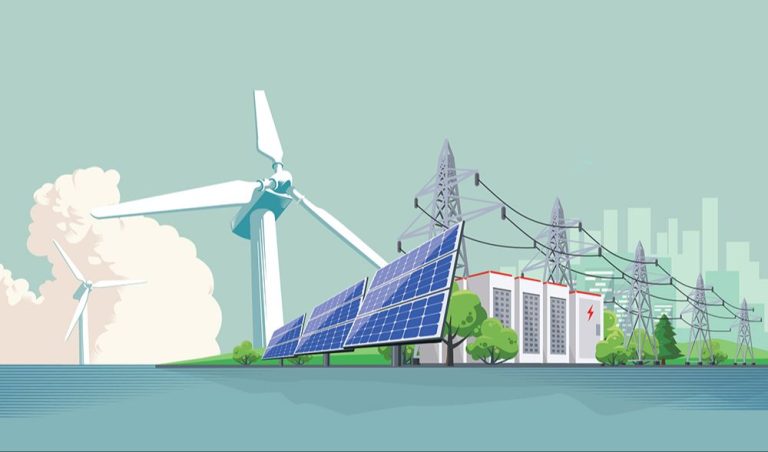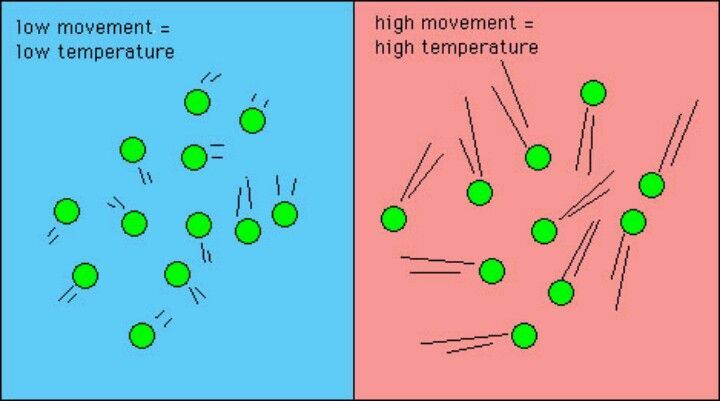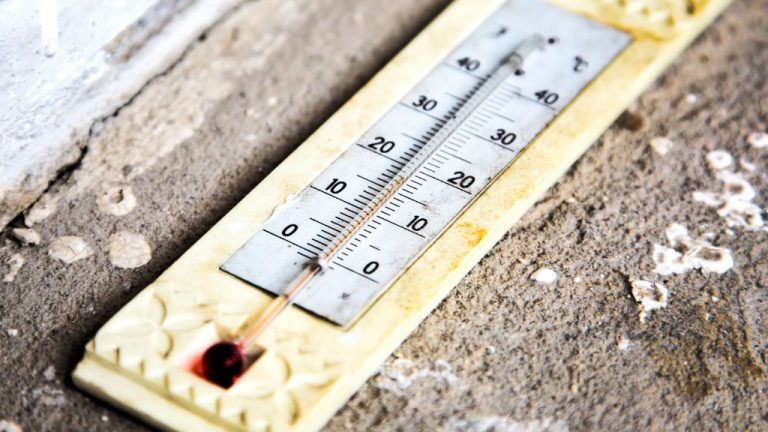Does The Human Body Have Energy Fields?
The concept of an energy field or biofield that surrounds and penetrates the human body has been part of many healing traditions and spiritual practices for thousands of years. However, the notion of a subtle energy field that can’t be seen or touched, but can be felt and manipulated, is still considered unconventional within mainstream Western science and medicine.
In recent decades, advances in technology and energy medicine have allowed new methods of measuring and studying the human biofield. This has led to a resurgence of interest in verifying the existence and function of the human energy field both scientifically and clinically. Proponents believe the exploration of biofields may lead to significant insights around health, healing, and our connection to the universe.
History and Origins
The concept of a human energy field has existed for thousands of years in many ancient cultures and healing practices. In Chinese medicine, this vital energy is called “chi” or “qi,” while in the Indian Ayurvedic tradition it is referred to as “prana.” These cultures understood energy as a fundamental force that flows through the body and can be cultivated and balanced for wellbeing and healing.
According to ancient Chinese philosophy, chi is the universal life force that animates all living things. Chi flows through meridians, or energy channels, in the body. When this energy flow is disrupted, it can lead to illness and disease. Practices like acupuncture, acupressure, and Tai Chi aim to unblock chi and restore balance and health.
Similarly, the concept of prana from Ayurvedic medicine refers to the body’s vital life force and subtle energy. Imbalances in prana flow are thought to cause disease, and practices like yoga and meditation can help regulate prana in the body. These ancient healing systems viewed energy as fundamental to health thousands of years before the development of modern science.
Scientific Perspectives
Modern science has investigated and debated the existence of human energy fields. While energy fields cannot be detected by the 5 human senses, some studies have attempted to measure and quantify these fields using technology and instrumentation. In 2019, a literature review published in the Journal of Complementary and Integrative Medicine found evidence that the human body emits weak electromagnetic fields that can be measured with sensitive magnetometers (https://www.ncbi.nlm.nih.gov/pmc/articles/PMC6396053/). However, the origins and functions of these fields remain unknown and controversial in mainstream science.
Some research has focused on quantifying the human “biofield” – a term used to describe the electromagnetic, subtle energy field that surrounds and permeates the human body. In a 2015 study, biofield detection devices were used to measure fluctuations in electromagnetic frequencies above the hands of practitioners sending healing intentions toward volunteers. The results showed statistically significant changes that the researchers could not attribute to placebo effects, suggesting the biofield has measureable properties (https://www.ncbi.nlm.nih.gov/pmc/articles/PMC4654789/).
While initial studies show promise, most scientists argue that more rigorous research is needed to provide conclusive evidence of the existence and medical value of biofields and subtle energy systems in the body. The mechanisms by which these fields may impact health also require exploration. Overall, the scientific community remains largely skeptical, but open to further investigation under controlled conditions.
Measuring Energy Fields
There are a variety of devices and techniques that have been developed to detect or measure the human energy field. These include photography, electrical devices, magnetometers, and thermal imaging.
Kirlian photography, developed in the 1930s by Semyon Kirlian, involves placing objects directly on photographic film to capture coronal discharges or energy emissions. Kirlian claimed these images showed a person’s aura or bioenergy field (Source). However, skeptics argue the coronal discharges are caused by factors like heat, moisture, and electrical capacitance rather than a person’s energy field.
Devices like the BioWell utilize a GDV camera to photograph and analyze finger images based on the electron and photon emissions caused by electrical conductance. The device is used by some energy medicine practitioners, but has limited clinical research on its efficacy (Source).
Magnetometers have also been used by researchers at the University of Oldenburg in Germany to detect increased magnetic field emissions from practitioners during spiritual healing practices. However, the strength of these fields was small and within the normal range emitted by the human body (Source).
While devices like these aim to detect and measure energy fields, mainstream science has not widely validated their accuracy or confirmed the existence of measurable human energy fields using such techniques.
Applications and Uses
Knowledge of human energy fields has led to various applications in healing modalities and practices aimed at balancing the energy body. Acupuncture, a key component of Traditional Chinese Medicine, is based on the idea of qi, or vital energy, flowing through meridians in the body. Acupuncturists insert thin needles into specific points along the meridians to clear blockages and restore the proper flow of qi (Rubik, 2015).
Reiki, a Japanese technique, also involves the practitioner using their hands to channel universal healing energy into the client’s body to activate natural healing processes. Studies show Reiki can help reduce anxiety, depression, and pain in different populations (UNR Extension). Therapeutic touch, practicioners use their hands in a similar manner to sense energy imbalances and direct healing energy based on diagnoses.
Other energy medicine techniques like Qi gong and healing touch use gentle touch and movement or the placement of hands in specific patterns on or above the body to detect energy imbalances and restore flow. Knowledge of the human energy system provides the basis for these alternative modalities now being integrated into many hospitals and medical clinics.
Criticisms and Controversies
There has been considerable skepticism and debate over the validity of energy fields from the scientific community. Many scientists view the concept of human energy fields as pseudoscience due to the lack of concrete evidence supporting their existence. According to the McGill Office for Science and Society, “There is no such thing as a human energy field. What is usually described as such is little more than the power of suggestion.” 1 Some of the key criticisms include:
- Lack of a scientifically plausible mechanism to explain how energy fields can impact health.
- Inability to consistently and reliably detect or measure the claimed energy fields.
- Lack of robust, high-quality scientific studies demonstrating the effectiveness of energy field therapies.
- The possibility that any positive effects may be due to the placebo effect rather than the purported energy fields.
Proponents of energy medicine acknowledge there is limited research in the field. However, they argue that the anecdotal evidence from energy healers and patients is compelling and warrants further study. Overall, there remains considerable debate between supporters and skeptics of energy fields due to the lack of definitive proof either way.
Research and Studies
There has been notable scientific research conducted on the existence of human energy fields within and surrounding the body. In 2016, a systematic review was published analyzing over 50 studies on the subject (https://www.ncbi.nlm.nih.gov/pmc/articles/PMC6137034/). The review found that many studies have detected and measured energy fields using various methods. For example, SQUID-based magnetometry techniques have detected biomagnetic fields emanating from the human body, with the heart producing the strongest field. Gas discharge visualization (GDV) techniques have also captured images of human energy fields. However, the review noted much more rigorous research is needed to understand the origins and functions of these fields.
Other studies have examined how energy healing modalities like Reiki, Qigong, and Therapeutic Touch may interact with the human energy field. A 2013 study found experienced Qigong practitioners emitted stronger photon emissions from their hands during Qigong, suggesting they were manipulating a “Qi-energy” field (https://www.ncbi.nlm.nih.gov/pmc/articles/PMC3755720/). However, systematic reviews have found the overall evidence for energy healing techniques impacting human energy fields to be inconclusive and limited (https://www.ncbi.nlm.nih.gov/pmc/articles/PMC6356905/). Much more research is still needed on this complex topic.
Expert Opinions
There is disagreement among thought leaders about the existence of human energy fields. Many experts in spiritual and energy healing practices argue that energy fields are real. For example, Barbara Brennan, founder of Brennan Healing Science, states that “the human energy field contains an energy body blueprint that organizes the healthy human form” (https://fi.pinterest.com/bjn1330/energy-fields/). She describes techniques to see, heal, and balance the energy field.
On the other side, many scientists reject the notion as pseudoscience. Physicist Ali Alousi notes “there is no scientific evidence that the body emits a visible, detectable energy field” (https://www.bookey.app/quote-book/power-vs.-force). He argues that energy healing claims are not backed by rigorous science. Skeptics attribute purported effects to the placebo effect rather than actual energy manipulation.
Other experts take a more neutral stance. Psychologist Imran Khan says that while human energy fields remain unproven, we cannot rule out potential new discoveries with advanced technology and an open scientific mind. There is still much unknown about consciousness and connections between the mind, body, and spirit.
Personal Experiences
Many people report having experiences sensing or interacting with human energy fields. While subjective and anecdotal, these personal accounts can provide insight into how energy fields may manifest and be perceived.
For example, some energy healers claim they can feel blockages or imbalances in a patient’s energy field with their hands, even with eyes closed (https://www.bbirh.org/news-events/newsroom.html/article/2020/09/08/healing-with-the-human-energy-field-to-harmonize-the-body-mind-and-spirit). They describe the energy as warmth, tingling, pulsing, or other sensations. Patients often say they feel lighter, calmer, and more balanced after an energy healing session.
Similarly, people who can allegedly see auras describe human energy fields as multi-colored, dynamic emanations surrounding the body. Each color and pattern provides information about a person’s emotional, spiritual, or physical state. While auras cannot be scientifically measured, those claiming to observe them find them personally meaningful.
Accounts of energy field experiences vary widely in their details and interpretations. They remain highly subjective claims. However, they offer a window into perceptions of human energy fields and highlight the need for further research into this phenomenon.
Conclusion
In summary, there has been ongoing debate about the existence of human energy fields. While concepts like auras, chakras, and energy healing have existed for centuries, there is disagreement about whether scientific evidence supports these ideas.
Proponents argue that techniques like Kirlian photography, gas discharge visualization, and other instruments provide measurable proof of subtle energy fields around the body. Studies on energy healing and therapies like Reiki, therapeutic touch, and Qigong also suggest positive effects on health and wellbeing. However, the mechanisms behind these modalities remain unclear.
Skeptics contend that concepts of human energy fields are pseudoscientific and lack solid scientific basis. Controlled experiments have failed to provide conclusive evidence of abilities to detect or manipulateenergy fields. Potential experimental errors, the placebo effect, and confirmation bias may account for positive findings. Much more rigorous research is needed to substantiate claims about human energy fields.
In conclusion, while ancient healing practices and some modern research lend support to the existence of biofields, conclusive scientific proof remains elusive. Objective investigations into subtle energy therapies are still in early stages. As technology develops and scientific understanding grows, more definitive answers may emerge on this fascinating and controversial topic.






